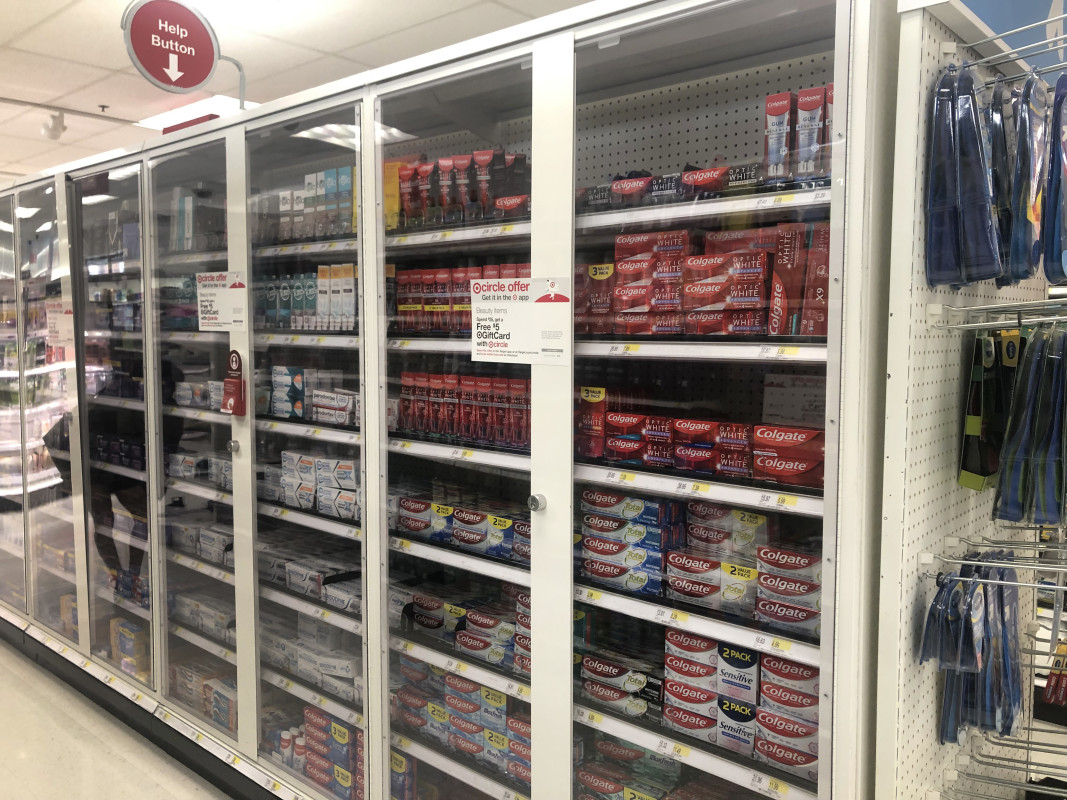
As long as shops and merchants have been around, theft has been an issue.
While the degrees and sophistication of theft or shoplifting have certainly changed over the years, the concept of stealing really isn't new.
Related: Walmart makes billion dollar tech acquisition that will delight customers
The 2020s, however, have been marked with a seemingly unprecedented level of theft, particularly in luxury stores or big box retail locations where it's difficult to keep a watchful eye on every single customer.
Inventory shrink, the industry term for theft and loss of product, has been on the rise in recent quarters, with CEOs of nearly every large U.S. retailer warning investors that they're losing large quantities of product and blaming it largely on theft.
Target (TGT) CEO Brian Cornell told analysts on the Q2 2023 earnings call that the chain has seen "an unacceptable amount of retail theft and organized retail crime."
"Shrink in the second quarter remained consistent with our expectations but well above the sustainable level where we expect to operate over time," he added.
Walmart (WMT) CEO Doug McMillon echoed the sentiment, telling analysts "We do think that in some jurisdictions here in the U.S., there needs to be action taken to help protect people from crime, including theft," adding that shrink was up both in 2022 and 2023 overall.

Home Depot discovers pricey organized crime problem
Naturally, retailers are taking stock in an attempt to identify what's driving inventory shrink and what can be done to prevent it. In many cases, stores have locked up high-interest items — everything from toilet paper to electronics — to mitigate sticky fingers.
Others have placed receipt scanners by self-checkouts, which are notoriously porous and often ripe targets for shoplifting.
Home Depot (HD) , however, has implemented more self-checkout centers to help move along long lines — perhaps at its own detriment.
A February investigation into nearly a dozen Home Depots revealed that several individuals had been a part of a "fraudulent bar-code-switching scheme,” meaning the thieves had been scanning lower-priced items at the self-checkout but switching them out for more valuable products upon leaving the store.
Florida Attorney General Ashley Moody’s Office said that Vicky Popat, Christopher Abad, and Christopher Eduardo Baglin have been charged with grand theft on Monday for allegedly participating in the scheme. At least 11 Home Depots have been affected in approximately 25 incidents.
The group allegedly stole 281 buckets of Henry 887 Tropi-Cool roof sealant, which costs $349 per 4.75-gallon bucket by instead scanning Henry 345 Pre-Mixed Patch and Level, which costs just $40. The crew then allegedly sold the more expensive sealer, resulting in at least $100,000 in losses for Home Depot.
Home Depot executives have no comment on this specific incident, though they have gone on the offense about inventory shrink in recent earnings reports, calling it "unacceptable."
"In the second quarter, our gross margin was 33%, a decrease of 8 basis points from the second quarter last year, primarily driven by pressure from shrink," Home Depot CFO Richard McPhail told analysts in August. "Shrink has been a consistent pressure over the last several quarters and even the last few years. It's something we're tackling every day."
TheStreet has reached out to Home Depot for comments.







